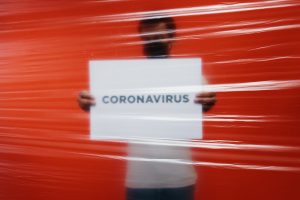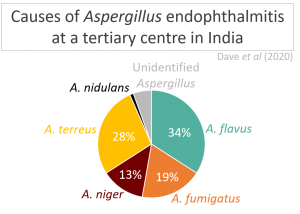Submitted by HLeSueur on 8 January 2016


The European Respiratory Society (ERS) and the European Society of Clinical Microbiology and Infectious Diseases (ESCMID) have issued their first set of guidelines for chronic pulmonary aspergillosis (CPA). Published online on December 23rd 2015, the guidelines highlight key elements of the disease and the main treatment recommendations. The ERS guideline director said that the aim of the guidelines was to improve early diagnosis and of CPA and improve patient outcomes.
Approximately 3 million people are affected by CPA worldwide, and without rapid diagnosis and long-term antifungal treatment, the 5-year mortality rate is around 80%.
The guidelines included the following specific recommendations:
- Diagnosis requires 3 or more months of one or more cavities with or without a fungal ball or nodules on thoracic imaging, direct evidence of Aspergillus infection from microscopy or biopsy culture or an immunological response to Aspergillus spp., and exclusion of alternative diagnoses.
- More than 90% of patients have elevated Aspergillus antibody (precipitins).
- Surgically excise simple aspergilloma if technically possible, preferably using video-assisted thoracic surgery.
- Treat chronic cavitary pulmonary aspergillosis with long-term oral antifungal therapy, with careful monitoring of azole serum concentrations, drug interactions, and possible toxicities.
- Hemoptysis may reflect therapeutic failure and/or antifungal resistance. It may respond to tranexamic acid and bronchial artery embolization but rarely requires surgical resection.
- Treat single Aspergillus nodules with antifungal therapy only if not fully resected.
- Patients with multiple nodules may benefit from antifungal treatment and require careful monitoring.
Importantly, the authors note that low and middle income countries may not be able to implement all guidelines due to lack of resources. However, those practicing in these environments are encouraged to follow them as far as possible, so that services can be developed.
News archives
-
Title
Date


